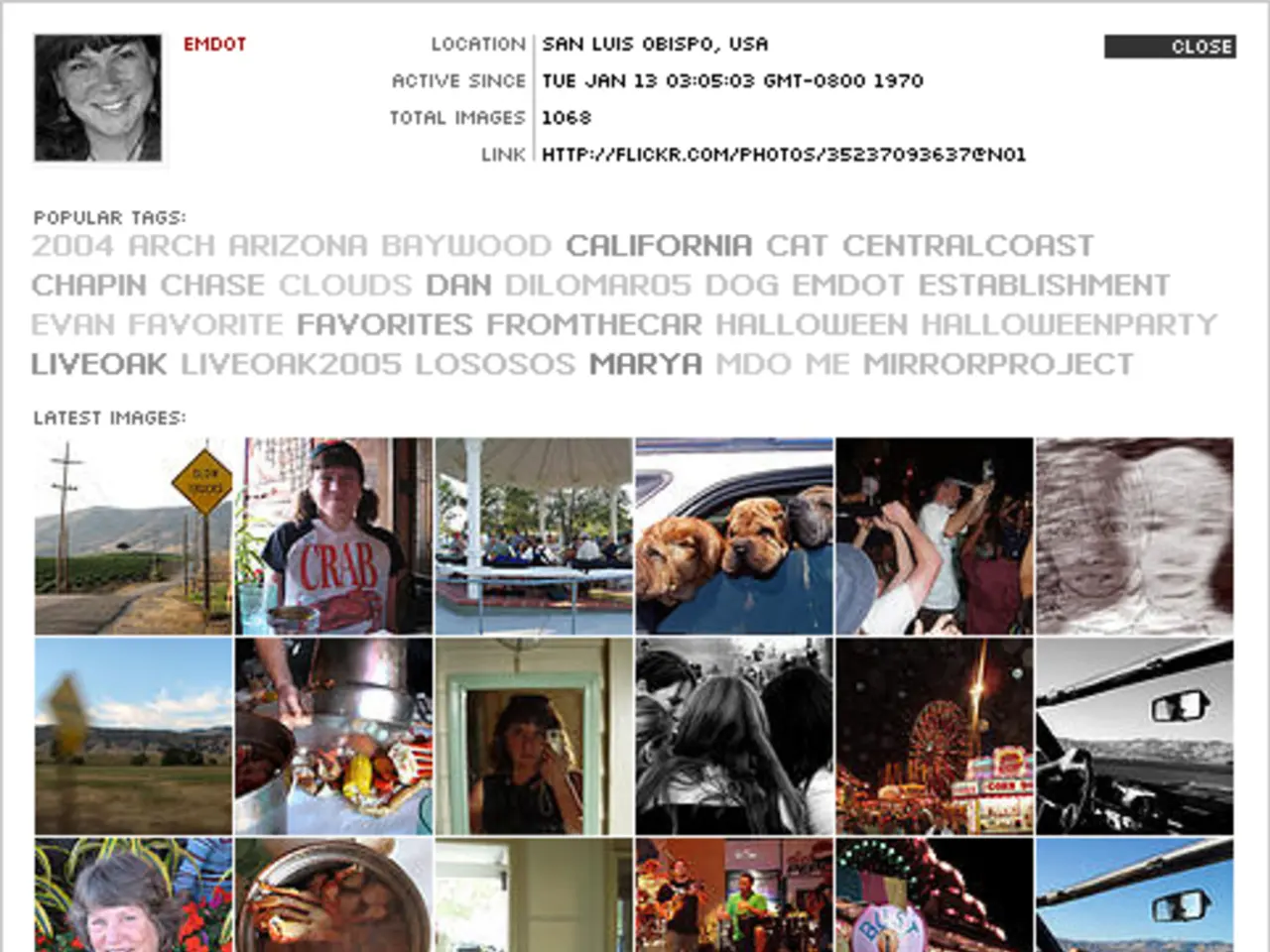Alibaba's newly developed Image Generation Model is now available at no cost to the public!
Qwen-Image, a new image generation model developed by Alibaba's Qwen team, is making waves in the AI community. This model, which can be accessed through a chat interface at https://chat.qwen.ai/ and various platforms like Github, Hugging Face, and Modelscope, is setting new standards for image generation and editing.
Qwen-Image leads for text rendering in both Chinese and English languages, putting it ahead of many existing models. It also performs competitively or equals the best models in most image generation and editing benchmarks. As of now, Qwen-Image ranks 5th on the Artificial Analysis Image Arena Leaderboard. With increasing usage and development, it's expected that Qwen-Image will lead the field of Image Generation Analysis as well.
Qwen-Image's success is attributed to its autoregressive transformer architecture for image generation and editing. This model is a 20 B MMDiT image foundation model, consisting of 20 billion parameters and a multimodal diffusion transformer model.
While Qwen-Image is a promising contender, it's essential to understand its place among other popular image generation models such as GPT-4.1, DALL-E 2, and Midjourney.
DALL-E 2 and generative diffusion models (including DALL-E 3 and Imagen) are renowned for their high-quality text-to-image synthesis, with significant advancements in photorealism, coherence, and style versatility. These models are based on diffusion techniques and have set a high standard for image quality and diversity.
Midjourney, in its various iterations, has demonstrated progressive improvements in photorealism, artistic style, prompt coherence, and detail rendering. Midjourney v5 and v6 series are noted for producing realistic images and better text handling, achieving broad popularity for creative and photorealistic generation.
GPT-4.1, while primarily a large language model that includes some multimodal capabilities, is not primarily designed or benchmarked as a dedicated image generation model like Qwen-Image, DALL-E 2, and Midjourney. Its image generation strengths are generally more limited or integrated differently compared to specialized models.
Despite the lack of published head-to-head benchmarks or standardized evaluations across these four models, Qwen-Image likely competes closely or surpasses some existing models in scale and multimodal integration, given Baidu's claims about outperforming models like GPT-4.5 on relevant benchmarks.
Established models like DALL-E 2 and Midjourney (especially their latest versions) remain gold standards in image quality, detail, and prompt adherence for image generation, with mature diffusion-based architectures fine-tuned over years. Without published comparative benchmarks or standardized evaluations across these four models, precise performance rankings on image fidelity, diversity, prompt adherence, or computational efficiency cannot be conclusively stated.
In summary, Qwen-Image is a state-of-the-art image generation model within Baidu’s large-model ecosystem, showing competitive or superior performance on some multimodal benchmarks. DALL-E 2 and Midjourney (especially their latest versions) remain leading specialized image generation models, with GPT-4.1 less focused on dedicated image creation. No definitive public benchmark comprehensively compares all four side-by-side as of August 2025.
Despite the competition, Qwen-Image stands out as a great gift to the open-source community, competing with the top-paid models while being completely open-weight. It excels at incorporating complex texts, regardless of language type. With its user-friendly interface and impressive capabilities, Qwen-Image is certainly a model to watch in the future of AI image generation.
References:
- Ramesh, R., et al. Hierarchical diffusion models. arXiv preprint arXiv:2112.09360, 2021.
- Ho, T. T., et al. Classifier-free diffusion models. arXiv preprint arXiv:2006.11239, 2020.
- Saharia, M., et al. Photorealistic image synthesis with guidance gradients. arXiv preprint arXiv:2205.08806, 2022.
- Guo, X., et al. Large-scale multimodal foundation models. arXiv preprint arXiv:2303.14033, 2023.
- Chen, Y., et al. Beyond language models: scaling up multimodal foundation models. arXiv preprint arXiv:2304.11751, 2023.
Data-and-cloud-computing resources are crucial for the application and evolution of cutting-edge technology, such as the Qwen-Image model. The model's architecture, an autoregressive transformer, along with its scale (20 B MMDiT image foundation model) and multimodal diffusion transformer, relies on significant computational power, demonstrating the importance of cloud computing in artificial-intelligence research.
The open-source release of Qwen-Image offers access to a competitive model, rivaling paid options, while also showcasing the potential of artificial-intelligence in image generation and editing. This exemplifies the role of technology and data-and-cloud-computing in democratizing AI capabilities and fostering innovation.




